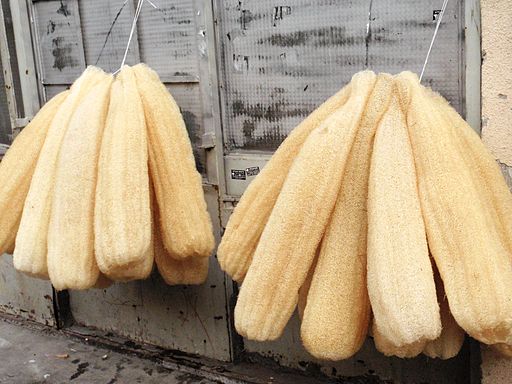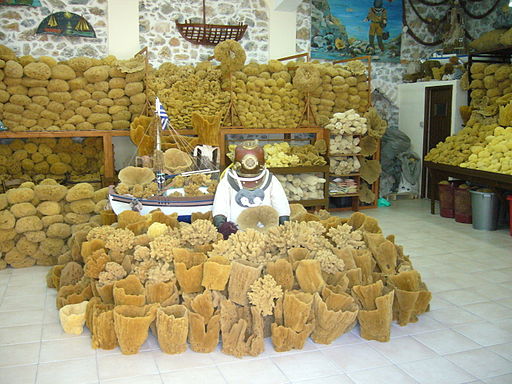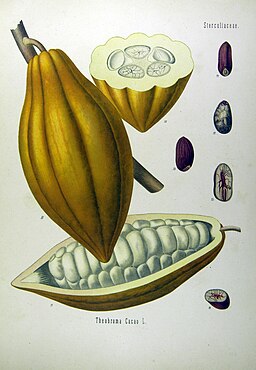Tropaeolum majus
Garden nasturtium, Indian cress or monks cress
(explicitly researched for its medicinal effects, grows in many shades of yellow, orange and red)
- Stunningly beautiful
- Edible (flowers, leaves & seeds - super-tasty, peppery)
- Medicinal herb (*) (natural antibiotic, antifungal, blood purifying....)
- Great Companion plant (curcubita, brassica, radishes, improving their growth)
- Deterring / subducting pests from surrounding vegetables / attracts beneficial insects
- Self seeding (but share seeds, to inspire others..)
- Easy to grow (ideal for introducing children to gardening & prolific)
One of those plants, that "has it all" - see below for a more detailed description of each aspect.
----------------------------------------------
Nasturiums touched a certain string in me at first sight and since then - their clarity and liveliness, combined with a shining contrast, but yet tenderness, the beautiful and seldom round shape and fine light veins of their lively green leaves... they give me a direct feeling of cheerfulness and serene strength - I love how they can be planted to grow cascading over e.g. stone borders and tend to spread like carpets.
But that describes mostly the surface, which covers a tasty universal remedy....
In case you are afraid your nasturtiums will spread too much, there is a great solution: eat them and share them !
They are perfect for sharing (fresh or dried, not just seeds), as everyone will benefit from them.
Both flowers and leaves are edible, and delicate that is, perfect for spicing up your salads.
The containing pre-stages of mustard oil give them a peppery note.
Somewhat like "hot watercress", which is responsible for the name confusion, as the botanical name of watercress is nasturium officiale, while the nasturtiums we are talking about share the botanical name tropaeolus majus.
Seeds can be pickled as caper replacement or ground as pepper replacement.
Dry leaves and flowers and add them to mild herbal tea mixes to create a powerful medicinal tea. ( Pure, it would be too strong for your stomach)
(Tip from Peter Schultes, german video )
Recipe links #
google ( and a few #
pinterest - ....what about adding yours )
- antiviral
- antibiotic
- fungicidal
- expectorant
- blood purifying
- high in Vitamin C
It has been used through history, from Incas via European monasteries.... to treat
- bronchitis,
- influenza,
- inflammation of the sinuses
-sore throat,
-constipation and
- urinary tract infection.
- helps against premenstrual syndrome (anticonvulsant).
- helps against acne
In 2013 nasturium majus was chosen as medicine plant of the year by a german University.
Nasturium majus can possibly (partly) replace antibiotics and thus reduce resistance against their excessive use. It is tested as effective remedy against resistant hospital bacteria. (!)
Especially if combined with horseradish (another favourite..) it has the potential to replace antibiotics for bronchitis, inflammation of the sinuses and urinary tract infections.
..An undervalued universal remedy...but ideally, as always, use it to prevent illnesses.
(The paragraph above picks up seemingly "vague" phrases from several german articles (referenced below) .
Seeing the the strict german laws and the level of acceptance of medicinal plants / alternative medicine by conventional medicine - it describes the results of official scientific studies - they are to be seen as a real praise, coming from that viewpoint.)
Great companion plant for all
brassicas (cabbage, kale, broccoli, cauliflower, kohlrabi, brussels sprouts, mustards ),
radishes and the
improving their growth.
Also as barrier around tomatoes and cucumber, around beans and corn, as well as planted under fruit trees.
- Great Pest deterrent / subducts pests / attracts beneficial predators
Deters whiteflies, wooly aphids and cucumber beetle, as well as other curcubita family pests.
Great trap for aphids - especially in combination with ladybugs, to eat them.
Be careful with companion planting and experiment by planting nasturtiums near your vegetables first, e.g. along the border of a raised bed, instead of in-between them. Because yes, they will attract many kinds of insects, and it depends on the balance of your garden and its surroundings how this will work out.
You can remove nasturtium parts which have attracted many insects though, or introduce some ladybugs - great for exploring !
- Self seeding & Easy to grow
- tolerates poor soil
- germinates easily
(scratch over sandpaper for scarification, until color changes, then soak overnight,;sow after last frost for direct seeding, or start indoors six weeks before)
- grows quickly and abundantly ( if you feel they grow too quickly for eating and drying for tea, they are beautiful for decorating your home, too !)
- tolerates shade, ideally 6 hours of sun (but might bleach in full sun during hot periods)
Ideal plant for introducing children to gardening, as the master gardener and author of the first article linked under references describes from first hand experience. With one plant, as you can see from this article, they can be introduced into the whole world of holistic gardening, eventually accompanying their parents who still explore; Then onwards, plant by plant, in curious flow-mode.
Originating from the Andes in South America, but also grown in Middle America,
tropaeolum majus grows naturally as perennial in warmer climates around the world, but self-seeds in colder climates.
...And you can always save some seeds:
Mrbrownthumb describes in his
article, supported by images, that nasturtium seeds seldom ripen on the plant, instead tend to fall off early. While you can pick up fallen seeds when you lift up the leaves, if you can find them...it makes no difference to germination success to pick yet green seeds from the plant and dry them.
Herbalism is an old and powerful science of healing - but until proven by current scientific standards, any medicinal information given on this site can by law not replace to get advice from a doctor, especially in case of chronical or unclear symptoms. Though all articles are thoroughly researched, the author does not take responsibility for any outcomes.
References:
http://www.gardenbythesea.org/index.cfm/fuseaction/home.showpage/pageID/91/index.htm
http://en.wikipedia.org/wiki/Tropaeolum_majus
Taste, botanical classification
http://www.biodiversityexplorer.org/plants/tropaeolaceae/tropaeolum_majus.htm
http://en.wikipedia.org/wiki/Tropaeolum_majus
Medicinal benefits:
heilkräuter.de (german)
http://www.heilkraeuter.de/lexikon/kapuzine.htm
University of Würzburg, medicinal plant of the year 2013
http://www.presse.uni-wuerzburg.de/einblick/single_special/artikel/kapuzinerk/
welt.de: (german)
http://www.welt.de/gesundheit/article110238096/Kapuzinerkresse-kann-sogar-Antibiotika-ersetzen.html
Bayrischer Rundfunk. (german)
http://www.br.de/fernsehen/bayerisches-fernsehen/sendungen/gesundheit/kapuzinerkresse-100.html
Companion Planting:
Golden Harvest Organics:
http://www.ghorganics.com/page2.html#NASTURTIUMS:
Sprouting
http://homeguides.sfgate.com/tips-sprouting-nasturtium-seeds-67022.html
Seed Saving:
mrbrownthumb:
http://mrbrownthumb.blogspot.co.at/2007/08/when-i-collect-nasturtium-seeds.html



















